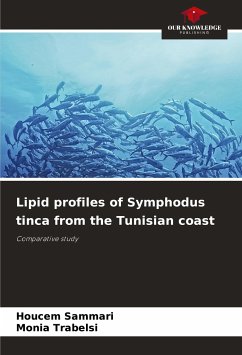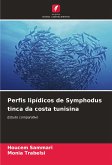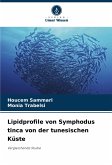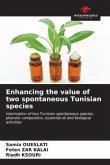Demand for fish and other aquatic food products in Tunisia is rising steadily. Nevertheless, fish consumption is marked by a strong disparity between species, linked to several factors such as organoleptic qualities and availability.In particular, characteristics relating to food composition, and more specifically lipid quality, give fish excellent nutritional properties, and their consumption should be recommended for their various benefits.In this context, we studied the lipid profiles of three Symphodus tinca populations from the Tunisian coast. The results showed inter- and intra-stationary differences according to sex and organ.The identification of fatty acids by HPLC demonstrated that the combustible parts of the fish are indeed rich in omega 3 and omega 6 with a balanced ratio.
Bitte wählen Sie Ihr Anliegen aus.
Rechnungen
Retourenschein anfordern
Bestellstatus
Storno








